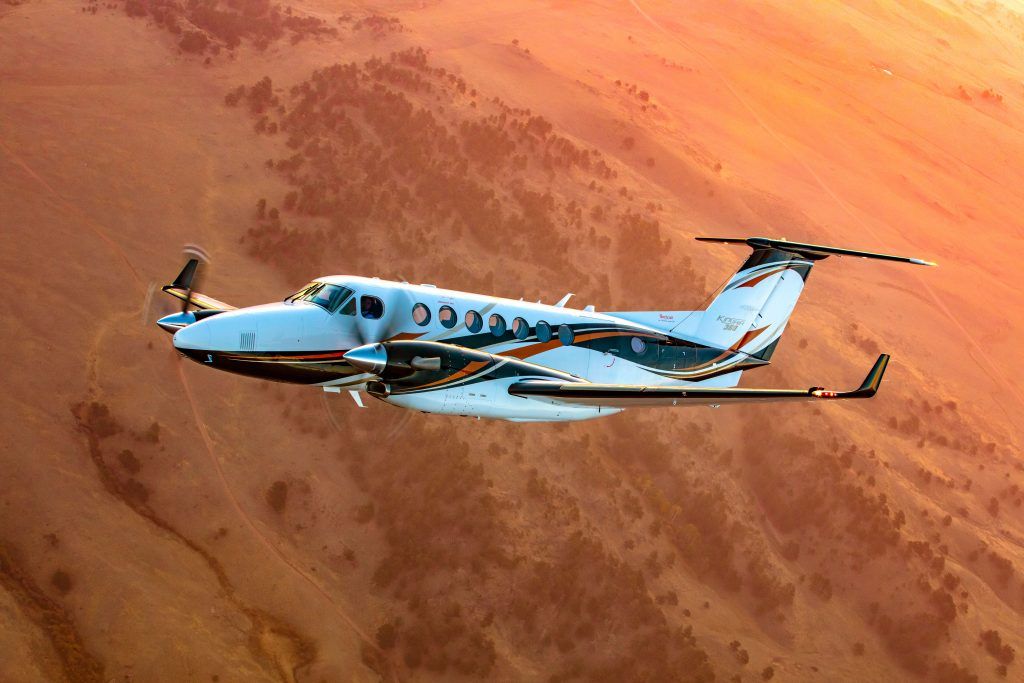The Mexican aerospace industry has five main poles, located in the states of Baja California (Tijuana-Mexicali), Sonora, Chihuahua, Querétaro and Nuevo León.
In articular, Baja California is the largest, with more than 125 aerospace companies that supported more than 37,000 direct jobs before the pandemic.
At the same time, other Mexican states are moving forward to gain a foothold in the market for this industry, such as the Bajío Aero cluster (León, Guanajuato) and the Sinaloa Aerospace Cluster (Mazatlán).
In addition, according to information from the U.S. Department of Commerce, the industry is present in 20 of the 32 states.
Data from the FEMIA organization show that the Mexican aerospace sector grew from 100 companies and manufacturing organizations in 2004 to 368 by mid-2022.
Today, these companies mainly include manufacturers, maintenance-repair-revision (MRO) facilities, technical schools, research centers, universities and related service providers.
Overall, 76% of the companies are manufacturers, 11% are engaged in design and engineering, and 12% in maintenance, repair and overhaul services.
FEMIA estimated that in 2019 foreign direct investment by country of origin was 48% from the United States and 36% from Canada.
Mexican aerospace industry
The Department of Commerce refers that several developments contributed to this explosive growth, from the arrival in 2004 of the Canadian aerospace firm Bombardier to various government programs including business incentives, workforce training programs and new universities.
However, the sector’s growth dates back to the late 1960s, when the Mexican government’s Maquiladora Export Program triggered the expansion of industrialization, employment and regional development.
The Maquiladora Program allowed duty-free imports to assemble products for export.
Aerospace companies moved to new industrial parks in northern border cities to maximize cost savings and «maquila» efficiencies.
These parks evolved into diversified aerospace clusters.
Companies with a long-term presence include Collins Aerospace (1969, formerly Rockwell Collins and now part of Raytheon Technologies Corp), Safran Group (1991), Labinal (1996, now part of Safran) and Beechcraft (2007, now part of Textron).

